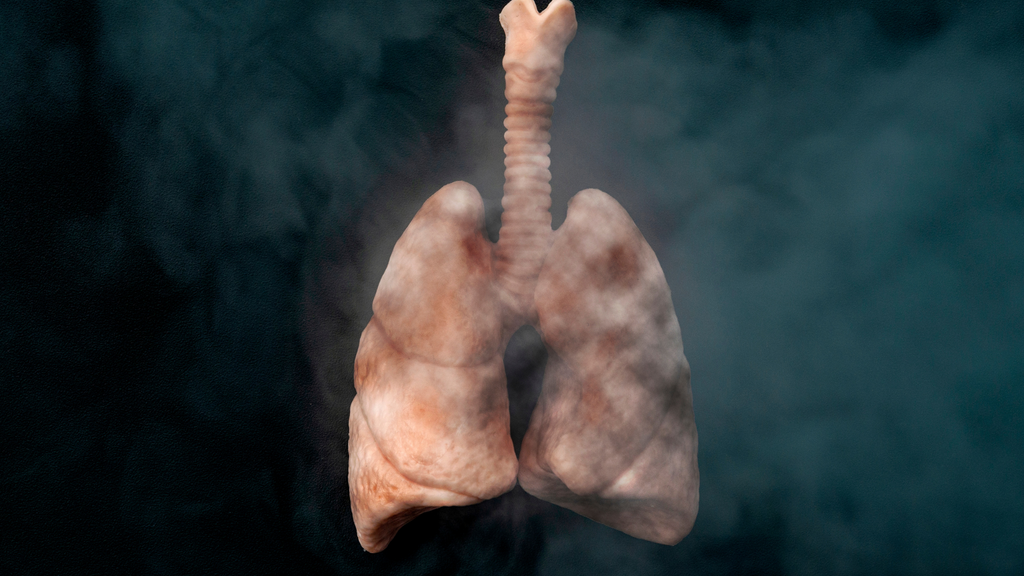Cigarettes produce a one-two punch that makes them extremely addictive and extremely dangerous. The person gets hooked on the nicotine and then has their health destroyed by the cornucopia of hazardous chemicals and combustion byproducts collectively known as "tar". For decades researchers have been looking for ways to reduce the amount of tar cigarette smokers inhale in order to better protect the lungs until the person is ready to quit. But it's not an easy task. In this post, we'll look at the problem of cigarette tar and how to reduce tar in cigarettes.
What is Tar?
Cigarette tar has nothing to do with the petroleum product used to patch roofs and pave roads and driveways. Instead “tar” is a blanket term used to describe the combination of chemicals, soot and other byproducts of combustion that wind up in the smoker’s lungs when they take a drag on their cigarette.
Over time this poisonous stew of hazardous materials accumulates in the lungs and disrupts the ability of the cilia to perform their work of removing the airborne particles we breathe in every day. They simply become overwhelmed by the amount of tar and cease functioning. When that happens the 6,000+ chemicals in the tar, as well as those other airborne particles, fester in the lungs eventually causing emphysema, pulmonary fibrosis and cancer.
What About Low Tar Cigarettes?
As the first scientific evidence about the dangers of smoking finally began to trickle out to the public in the 1950s tobacco companies began to think about how to reduce tar in cigarettes. One of their first responses was to add the now familiar cellulose filter to most cigarettes, claiming that this innovation would protect smokers from any alleged harm.
The next phase of their response was to introduce low-tar cigarettes in the 1960s. They assured the public that this, in combination with filters, would effectively address the issue of cigarettes being potentially dangerous. Not so. The problem was that those “low-tar” cigarettes were not very low-tar at all. Plus they continued to deliver the addictive compound nicotine. As a result, smokers’ health continued to suffer.
How to Reduce Tar in Cigarettes? One Word: NicoBloc
The half-hearted efforts of the tobacco companies to mollify the public through filtered, low-tar cigarettes bought them some time. But it wasn’t long before health statistics began to reveal that cellulose filters and low-tar cigarettes did virtually nothing to reduce the dangers of smoking. Something better was needed. Enter NicoBloc.
NicoBloc cigarette tar remover is the most effective way yet devised to prevent cigarette tar from entering the lungs. NicoBloc is a viscous liquid that is applied to the end of the filter just before lighting up the cigarette. 1 drop of NicoBloc applied to the filter will capture 33% of tar produced by the cigarette and keep it out of your lungs. 2 drops will capture 66% of tar. While 3 drops will capture an amazing 99% of tar (and nicotine) produced by the cigarette and prevent it from ever reaching your lungs. With NicoBloc, the cigarette filter finally does what it should have been doing all along.

